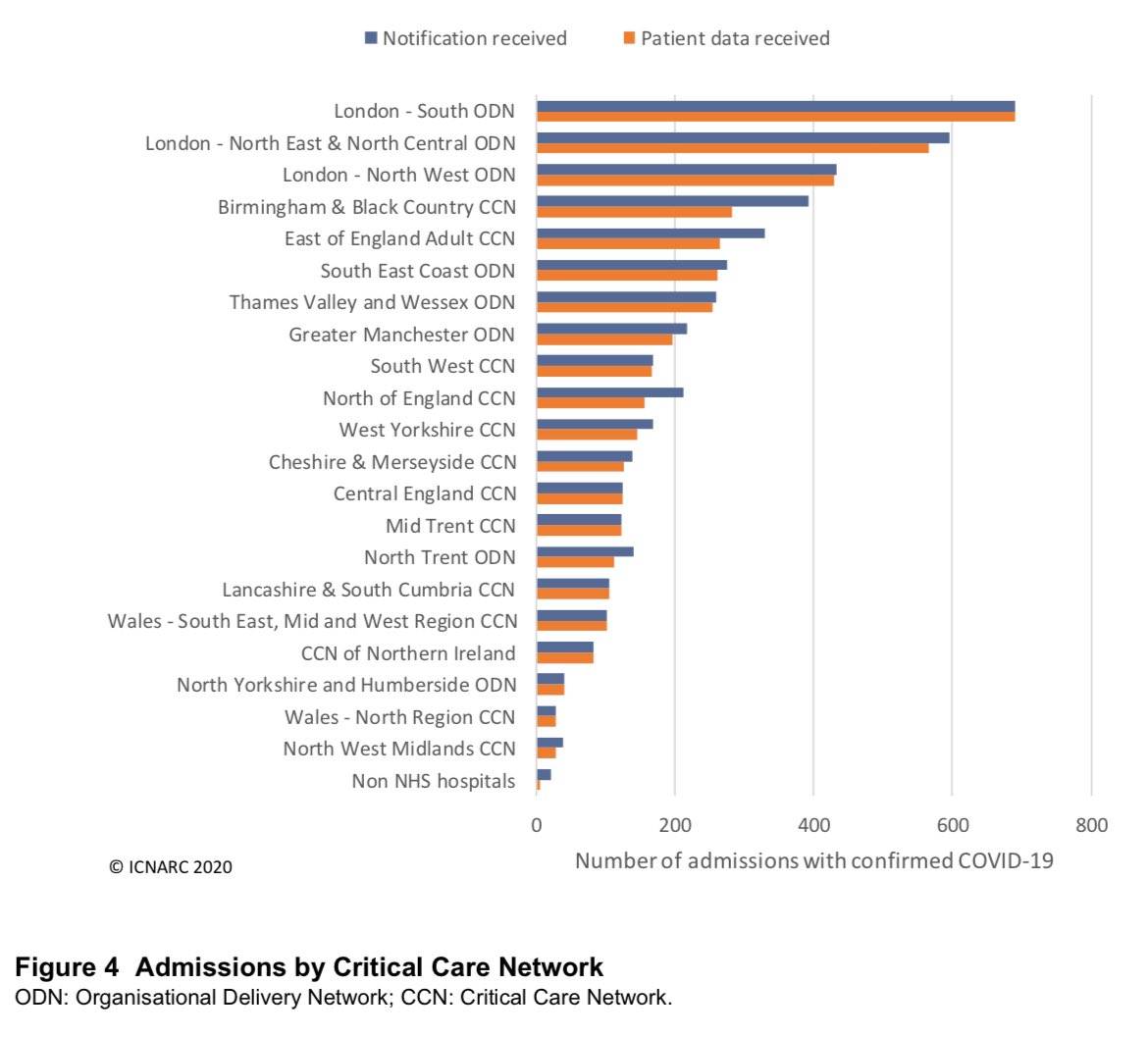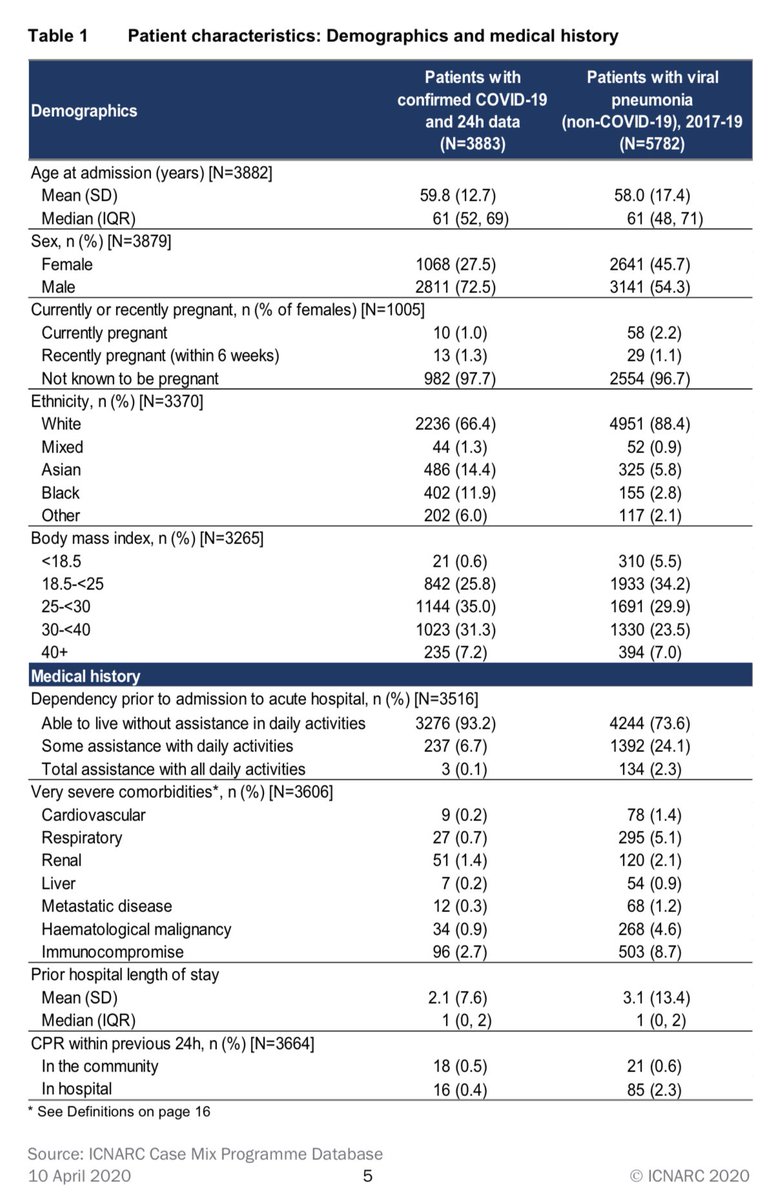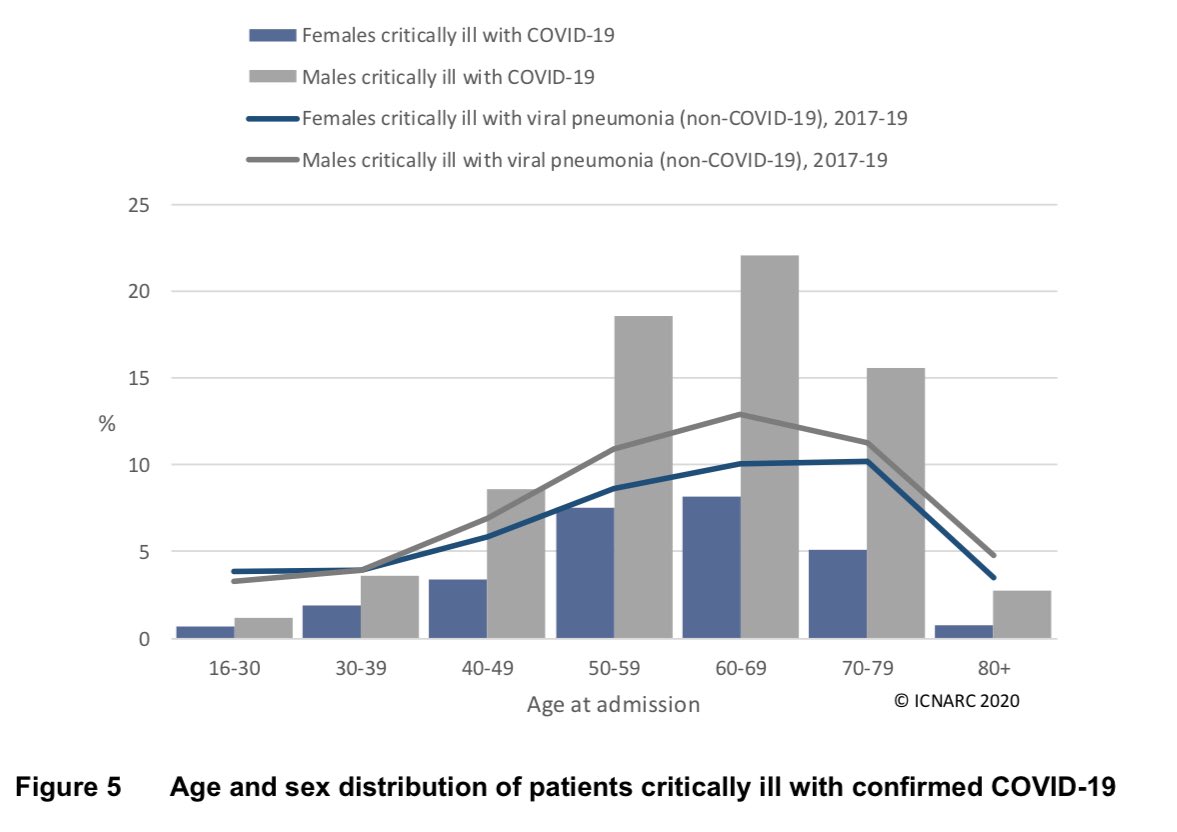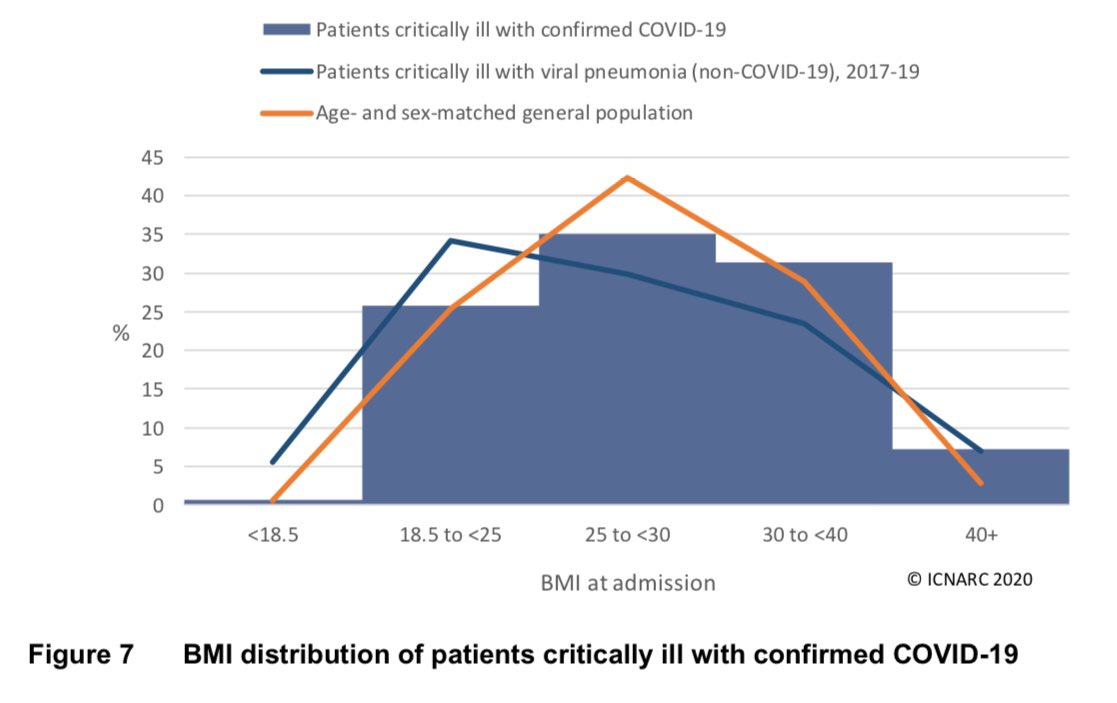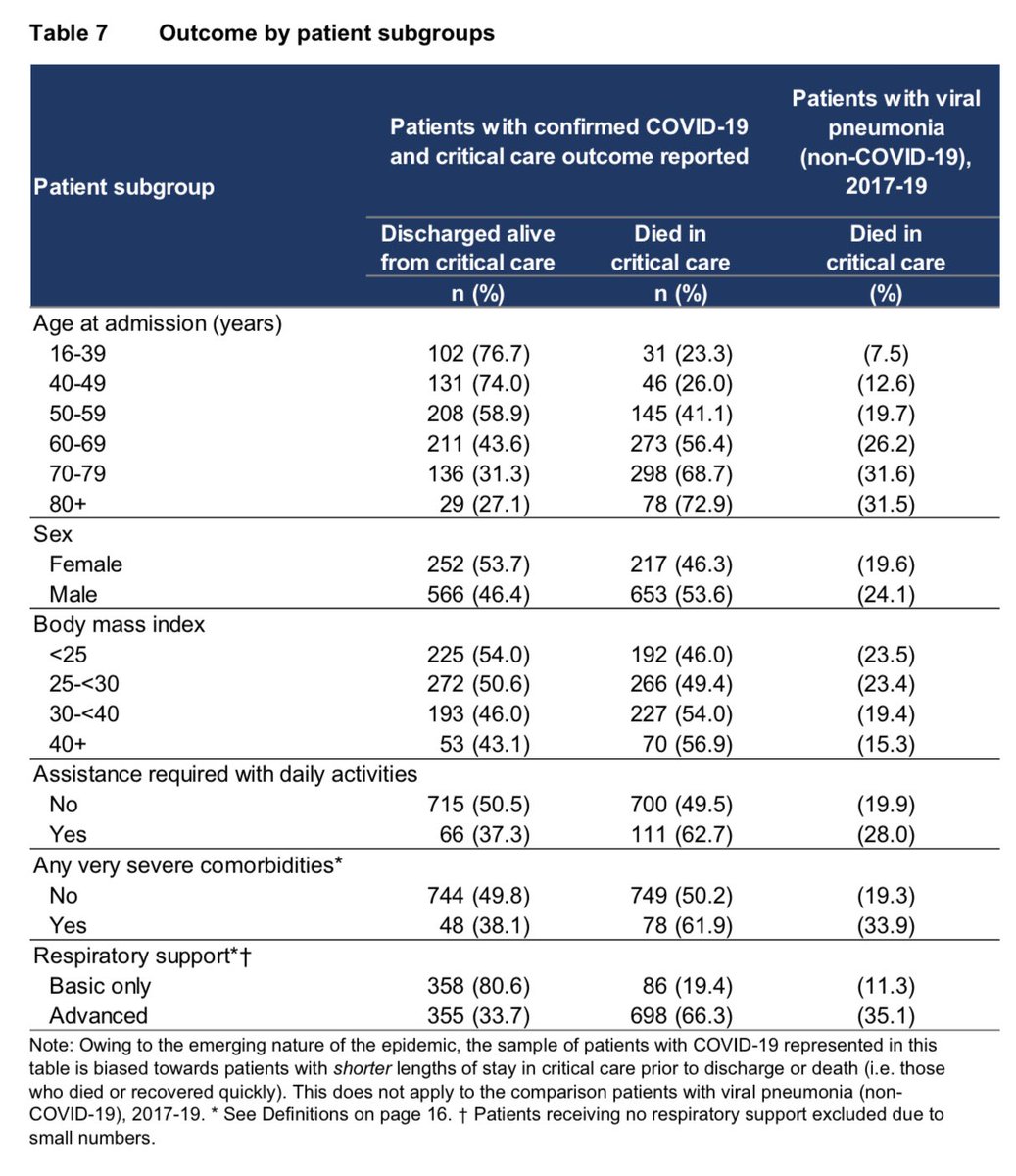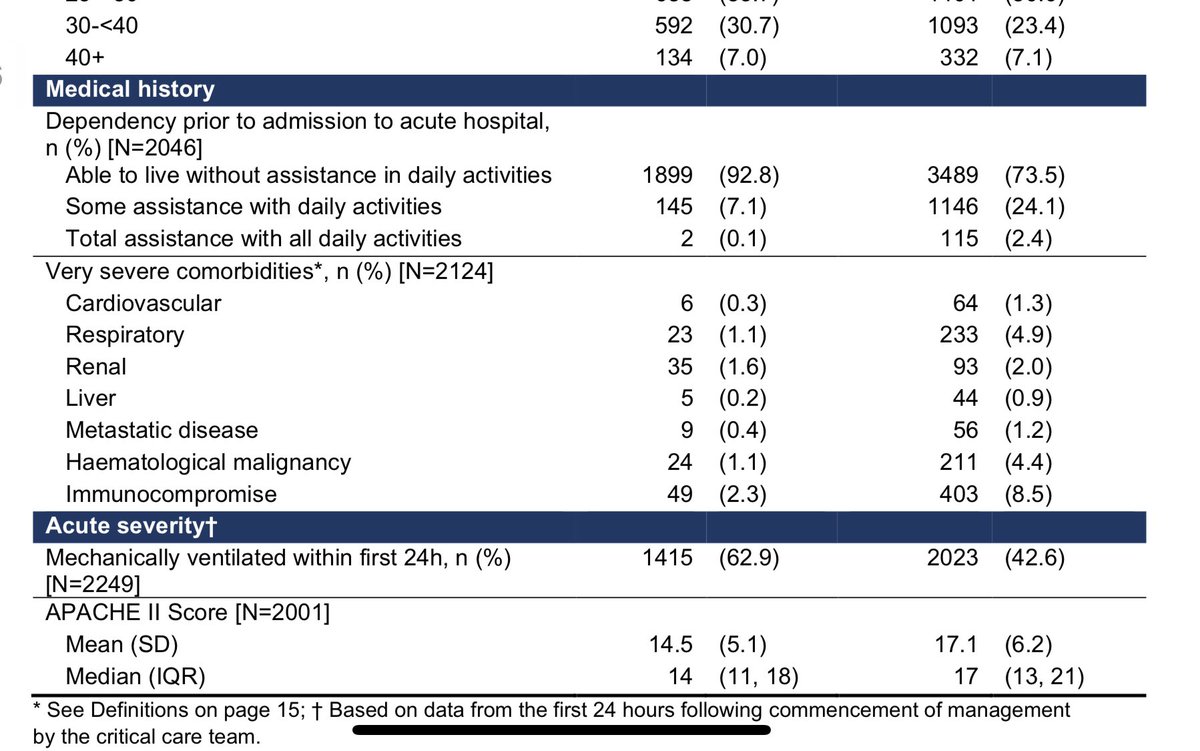There’s a new report out (and I’m a glutton for punishment) so let’s dive back in. /1
Also, @ICS_updates asked me. Delighted to help in some small way. /2
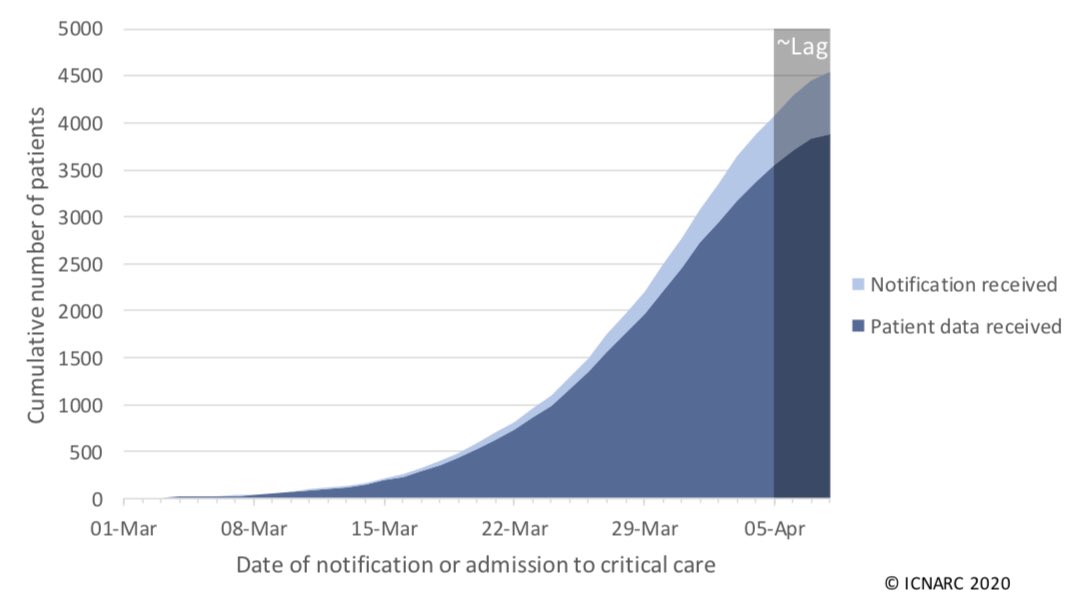
Report here: icnarc.org/DataServices/A…
As I highlighted previously, these last two points provide good evidence to contest assertions that these patients would have died soon in any case. /6
I hope it’s helpful - if so I’ll do these weekly on behalf of @ICS_updates and @COVID19actuary.
If you wish, you can support the intensive care community here. /13
4 + 4 + 1 = 9 ➡️ ward-based care
Female 79, “managing well”, high blood pressure:
5 + 3 + 1 - 1 = 8 ➡️ ICU-based care
Note that clinical discretion overrides, especially when conditions were stable prior to COVID-19. /15

